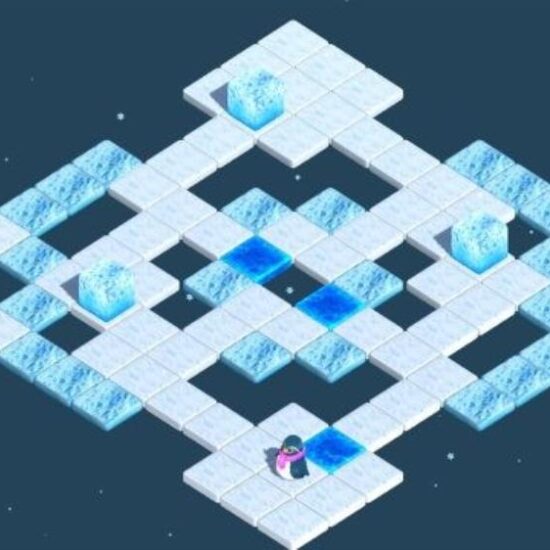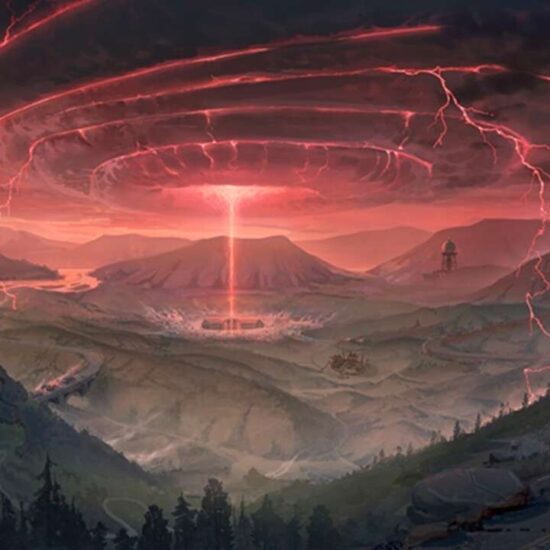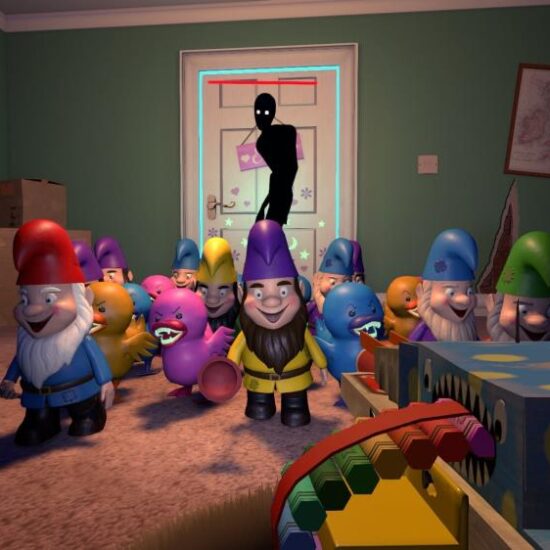
AMD is taking aim at the 1440p market with two new GPUs that attempt to balance generation-on-generation performance improvements and affordability.
The RX 7800 XT and RX 7700 XT will both launch on September 6, with a free copy of Starfield to give you an easy way to properly test them. These two cards, priced at $500 and $450, respectively, are more squarely aimed at tackling Nvidia’s limp attempt at a mid-range card this generation, with both the RTX 4060 Ti and RTX 4070 mostly failing to impress the wide range of PC consumers. The RX 7800 XT boasts some impressive numbers over the RTX 4070 according to AMD’s in-house testing, in both traditionally rasterized performance and ray tracing (an area where AMD has lagged behind for two generations).
In games such as Cyberpunk 2077, Hogwarts Legacy, and Star Wars Jedi: Survivor, the RX 7800 XT outperformed the RTX 4070 at 1440p by 23%, 15%, and 5% respectively. It did, however, lose out heavily when ray-tracing was turned on, with Nvidia’s card pulling ahead by 12% in Spider-Man: Miles Morales and 18% in Doom Eternal. Still, some outliers in favor of AMD with single-digit performance advantages, such as Resident Evil 4 and Far Cry 6, both with raytracing on, show that AMD has potentially made some ground up. And at a full $100 cheaper, the RX 7800 XT proposes some mighty value over the RTX 4070.
The RX 7700 XT is $50 more expensive than the RTX 4060 Ti, but if AMD’s testing is accurate it makes a strong case for spending the extra money. In pretty much the entire suite of games tested, with a mix of rasterization and ray tracing, the RX 7700 XT is comfortably ahead. There’s a 26% improvement in Cyberpunk 2077, 21% in Resident Evil 4 (with ray tracing), 14% in Star Wars Jedi: Survivor, and 19% in Red Dead Redemption 2. Doom Eternal and F1 23, both with ray tracing enabled, still presented some problems, with 9% and 5% performance advantages on Nvidia’s cheaper card.
It’s no wonder where much of this performance is coming from when looking at the specifications for both of AMD’s newest cards, especially when it comes to memory bandwidth. The RX 7800 XT features 16GB of GDDR6 memory over a 256-bit memory bus, giving an effective memory speed of 624GB per second. The RX 7700 XT is pared back but not significantly so, with 12GB of GDDR6 memory across a 192-bit bus for an effective speed of 432GB per second. That’s much higher than the 288GB per second on the RTX 4060 Ti (a figure which Nvidia disputes with its own new calculations), and explains why the RX 7700 XT can seemingly pull so far ahead.
With that in mind, it’s important to note that both of these cards consume more power (265W on average) than the 200W cards they are being compared against. Additionally, these are 2.5 slot GPUs while reference designs for the RTX 4070 are a slimmer 2 slots, which might be important if you’re building a PC with limited space. At least the AMD cards stick to the more commonplace 8-pin power connectors, so there’s not risk of damage from poorly handled 12-pin ones used on Nvidia cards.
The RX 7800 XT and RX 7700 XT will both be able to leverage AMD’s new FSR 3 suite of tools, including the new software-based frame generation that will work across both AMD and Nvidia GPUs. It’s set to launch with Forspoken and Immortals of Aveum later this year.
The products discussed here were independently chosen by our editors.
GameSpot may get a share of the revenue if you buy anything featured on our site.














